PARAFFIN WAXES
Paraffin Waxes are derived from the synthesis and refining of petroleum, coal or shale gas. It is obtained by freezing or solvent dewaxing of these fractions, then de-oiling and refining. It can be divided into crude paraffin, semi-refined and fully-refined paraffin, edible paraffin and so on. It is used to manufacture candles, matches, electrical insulation materials, high fatty acids and alcohols. As the resources of animal wax and plant wax become more and more scarce, paraffin waxes have filled the space in the market. Their molecular weight is very low when compared to the FT waxes available on the market.
Cerax has the ability to not only supply these range of waxes, but use them in blending them with higher or even lower molecular weight molecules to produce products specific to customer needs.
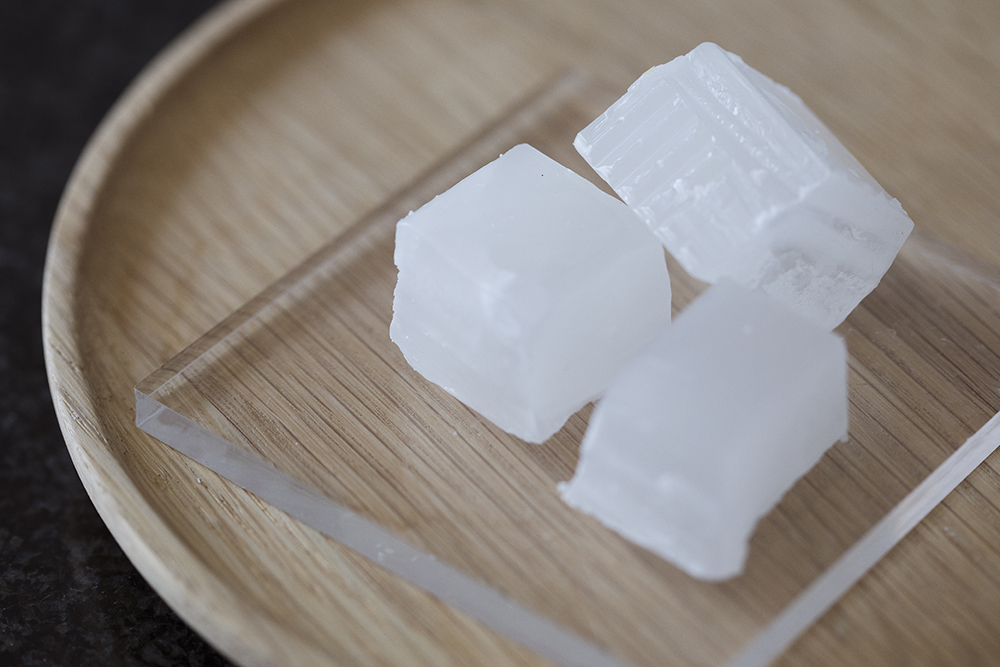
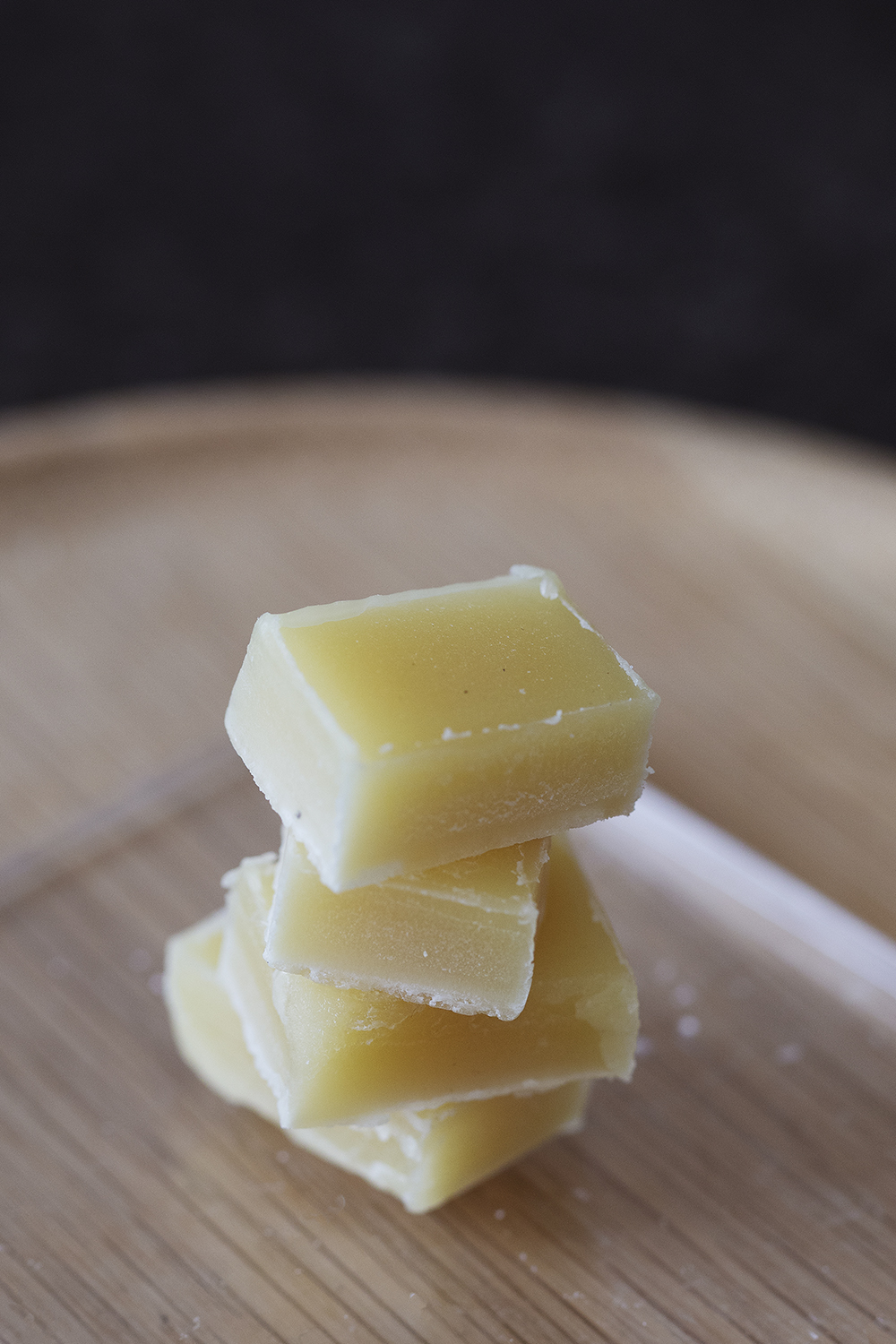
Slack Waxes
Slack waxes are obtained from the de-waxing of Group I and II lubricating oils at crude oil refineries. These waxes are specified according to their melting points and oil contents and exist over a wide range, depending on the crude oil source from which the wax is derived. Slack waxes consist mainly of normal and branched hydrocarbons and the ratio of these determine properties like the hardness and melting point. Slack waxes can be used in many non-food grade applications such as candles, construction board emulsions, match waxes and water barrier applications. Slack waxes make ideal blending components to obtain specific properties. Slack waxes can be further refined to obtain waxes with lower oil content, improve colour and render it food grade.
Congealing Point: 52 +- 2 Degrees °C
Colour: Light Yellow/White
A paraffinic unrefined slack wax, which may be used in blends that have a wider specification on oil content and penetration. Cerax SPO may be blended with candle wax blends in order to optimise cost or performance.
Congealing Point
Colour:
A paraffinic and partially microcrystalline medium machine oil slack wax extract.
Congealing Point
Colour:
A paraffinic and partially microcrystalline medium machine oil slack wax extract.
Congealing Point: 72 +- 2 Degrees °C
Colour: Brown
A micro-crystalline unrefined slack wax extract, used for industrial applications whereby oil-binding or flexibility are required.
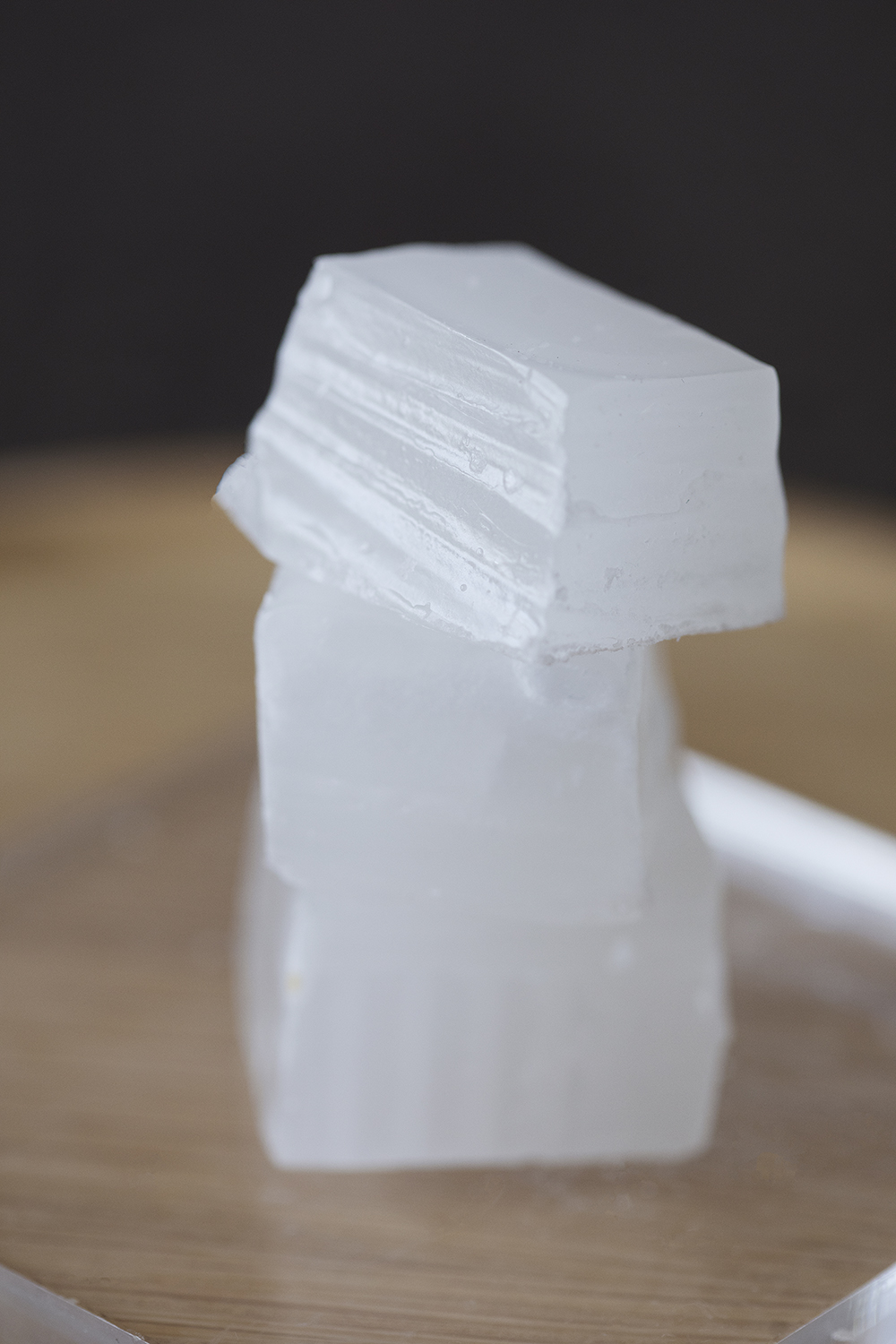
Semi-Refined Paraffin Wax
Semi-refined paraffin waxes (SRPW) are manufactured from slack waxes by de-oiling the wax to an oil content between 0.5% and 5%. Theses waxes are normally further refined by bleaching or hydrotreating to improve the colour and odour of the wax. SRPW are ideally suited for candle, floor polish and construction board emulsion manufacturing.
Congealing Point: 58-62 degrees °C
Colour: White/Translucent
Softening Point – 112 Degrees
Oil Content: 1.5 – 0.5%
A full refined paraffin wax, used for high specification applications, such as jar candles and paper coatings.
Congealing Point
Colour
A semi-refined paraffin wax, used for industrial only applications.
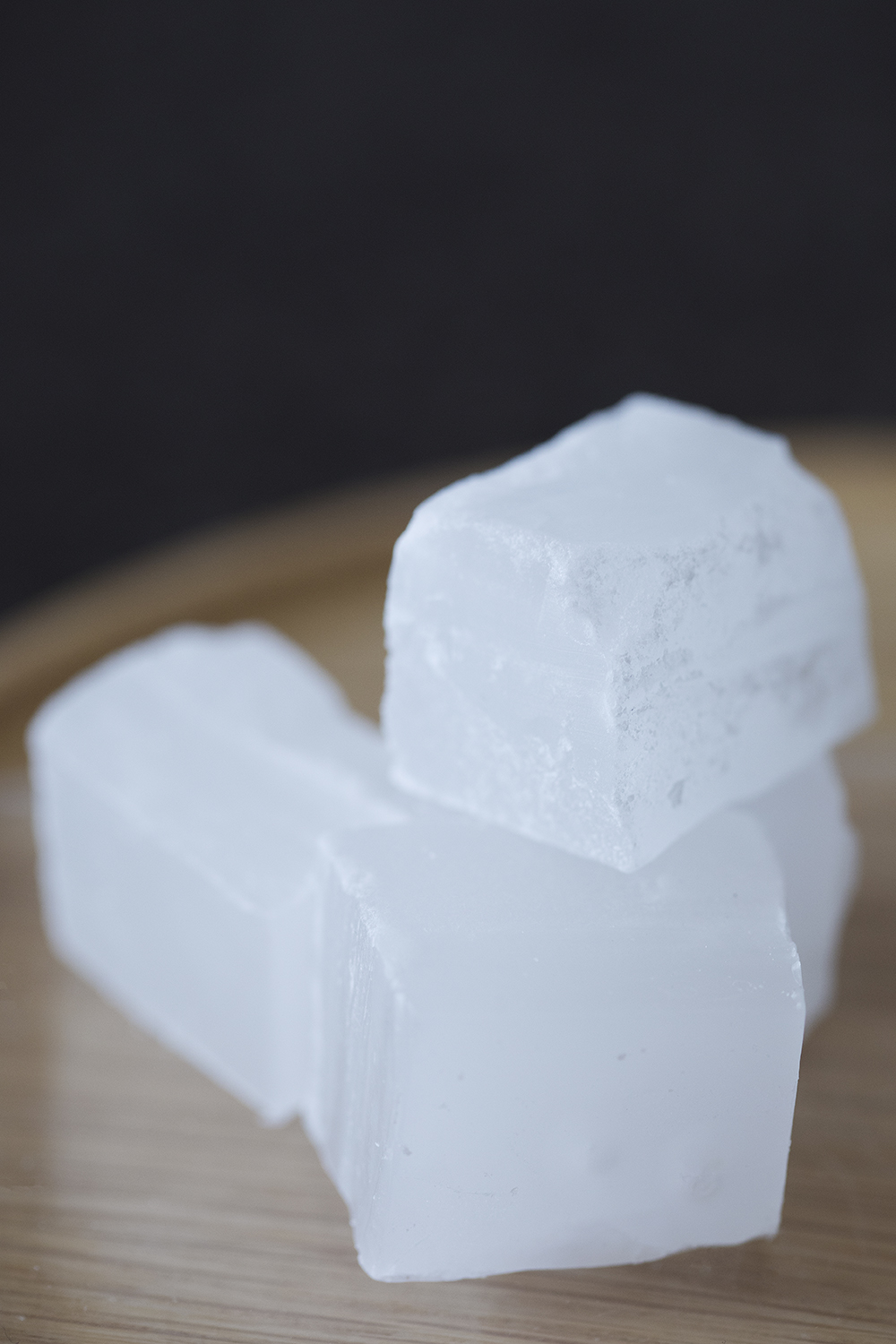
Fully Refined Paraffin Waxes
Fully refined paraffin wax (FRPW) is slack wax based, refined to an oil content of maximum 0.5% and hydrotreated to produce a pure white wax suited for many food grade and cosmetic applications. FRPW is a chemical comprising mostly out of normal and branched hydrocarbons. These waxes can by utilised in the production of high quality candles, shoe polishes and explosion emulsions. FRPW is also used as blending components for board coatings, laminating waxes, ‘cool’ melt hot melt adhesives and paper wrappers.
Congealing Point: 58-62 degrees °C
Colour: White / Translucent
Oil Content: <0.5%
The fully refined paraffin wax, used in industrial and food contact applications.
Congealing Point: 58-62 degrees °C
Colour: White / Translucent
Oil Content: <0.5%
The finest fully refined paraffin wax, used in food contact and high performance applications.
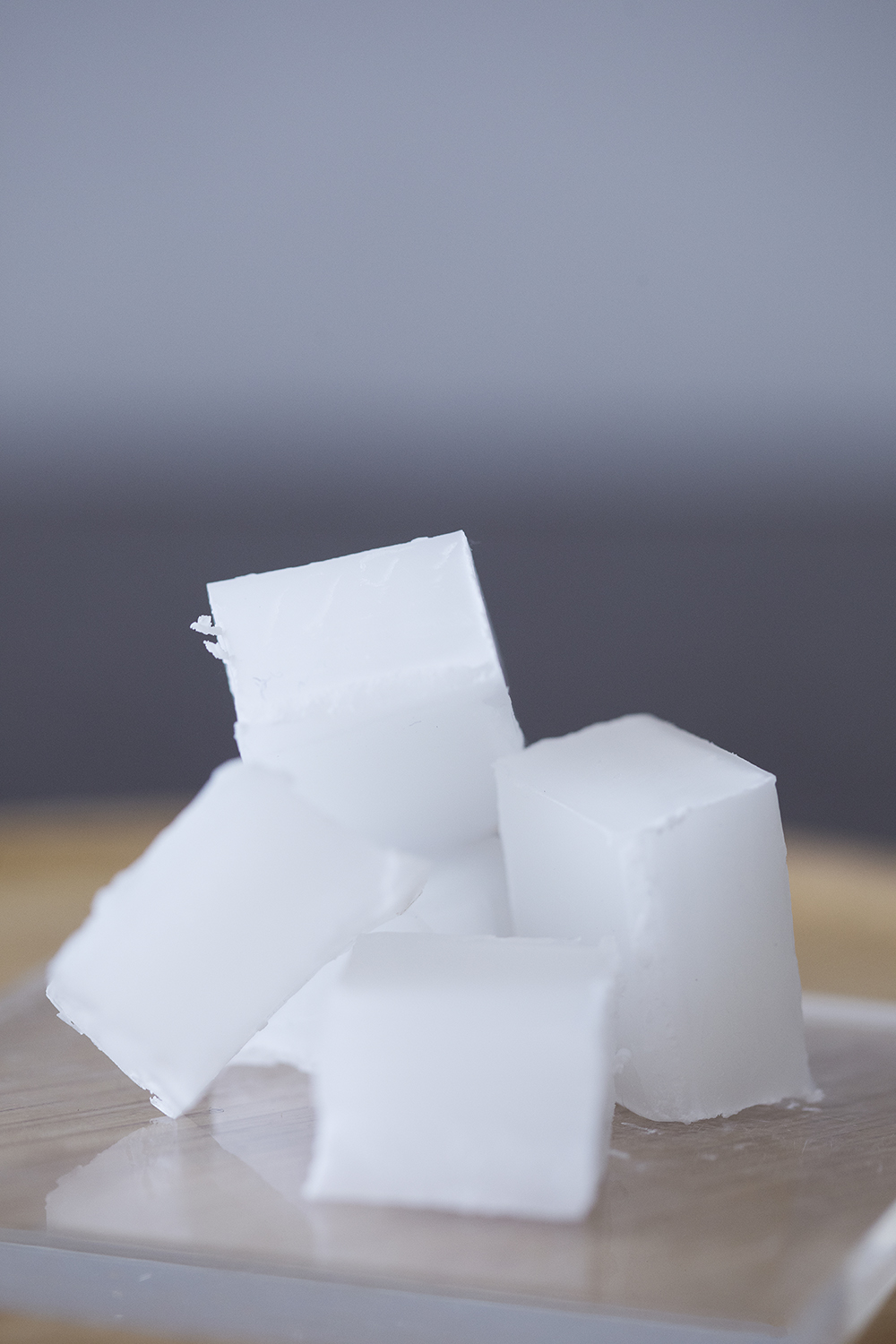
Microcrystalline Wax
Microcrystalline wax is derived from the refining of the heavy fractions of lubricating oils. These waxes contain higher amounts of branched and naphthenichydrocarbons compared to the paraffin waxes which contain more normal hydrocarbons. This chemical composition of different hydrocarbon types causes the wax to form small, micro crystals compared to the more crystalline paraffin waxes. This micro-crystal formation brings about waxes with unique properties highly sort after in different applications. It is characterized as a higher melting point wax which is relatively soft. In general, the presence of the non-normal hydrocarbons renders the microcrystalline waxes more flexible and tackier. Microcrystalline waxes are used as blend components in applications where solvent binding, oil binding, flexibility and tackiness are required such as curtain coatings, flexible packaging, polishes and explosion emulsions.
Congealing Point: 58-62 degrees °C
Colour: White / Translucent
Oil Content: <0.5%
Fully refined and hydrogenated micro-crystalline wax, suitable for food contact.
Congealing Point: 72 +- 3 Degrees °C
Colour: Off-white
Bright-stock slack wax, bleached and unrefined. Suitable for applications where oil-binding or flexibility is required.
